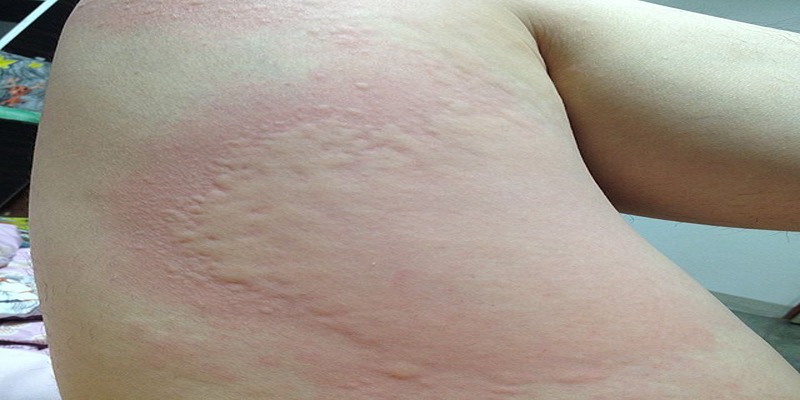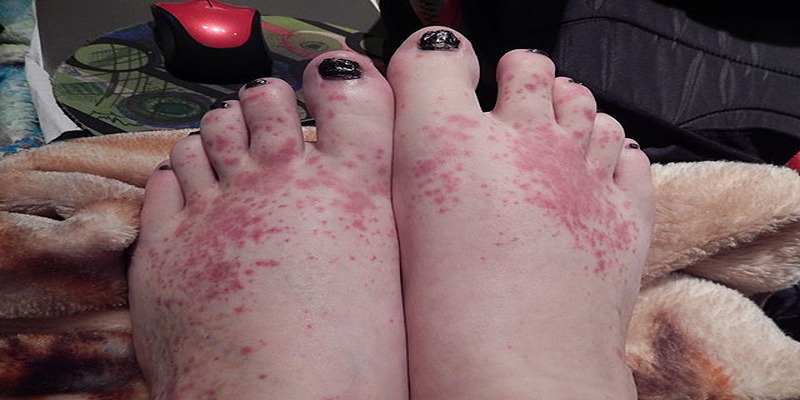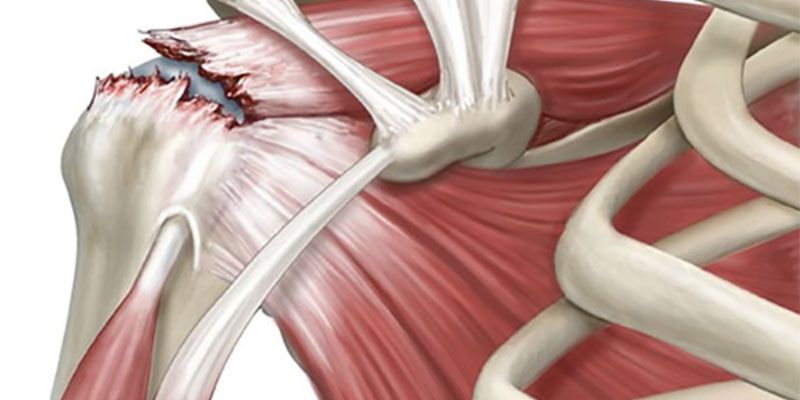Delving into the Origins and Risk Factors of Hives (Urticaria)
Oct 04, 2023 By Nancy Miller
Urticaria, which is what we call hives in lay terms, is a confusing skin ailment marked by red, raised, itchy welts. Many people experience pain and worry due to hives since their origins are frequently unknown despite their common occurrence. In order to better understand these mysterious structures, we dig into their history and potential dangers. Understanding what triggers hives is crucial for developing effective treatments for what can be a very uncomfortable and even life-threatening skin disease.
What Are Hives?
Hives, also known as urticaria, are characterized by the rapid development of itchy, red, raised welts on the skin. The size and appearance of these welts, sometimes called wheals or hives, may change fast. It is essential to have a firm grasp of the definition, look, and symptoms of hives before attempting to treat this difficult condition.
Appearance and Symptoms
Hives are characterized by itchy, red, swollen areas on the skin. The afflicted region may be much greater if many welts have grouped together. Extreme discomfort from the itching prompts many to look for solutions and treatments.
Types of Hives
Different types of urticaria may be identified largely by the severity and frequency of their symptoms. Hives that appear suddenly and disappear within six weeks are considered acute. Chronic hives, on the other hand, last longer than six weeks and may be harder to identify triggers for, making treatment more complicated. Hives may be categorized further as either a physical or allergic reaction. In contrast to the itchy, red bumps caused by allergies like particular foods, drugs, or insect stings, physical hives are induced by pressure, cold, or heat. In order to properly treat and manage hives based on their individual features, it is essential to have a firm grasp on these differences.

Common Causes of Hives
Hives may seem mysterious, yet they usually have clear origins. Allergies, non-allergic triggers, and physical factors are the three main groups that make up these causes. We focus on the first group, allergic responses, and investigate two of their most prevalent varieties here.
Hives are a common allergic reaction to foods including nuts, shellfish, and strawberries. Histamines are released by the body in reaction to certain allergens, causing hives and other allergic symptoms.
Hives may also be caused by environmental allergens such as pollen, pet dander, or insect bites in sensitive people. Symptoms like hives, itching, and redness may appear on the skin within minutes of coming into contact with certain allergens. Managing hives caused by allergic responses requires knowledge of and avoidance of the triggers.
Non-Allergic Triggers
Hives may be caused by a wide variety of things, not only allergens, adding another layer of complexity to their causes. Histamines, a substance involved in the development of hives, may be triggered by emotional stress and worry. Stress urticaria, also known as stress-induced hives, may appear during or after a stressful event and range in intensity and length. Antibiotics, NSAIDs, and blood pressure medicines are just a few classes of pharmaceuticals that have been linked to an increase in hives in some people. Drug-induced urticaria is a condition in which hives emerge soon after taking a medicine. Hives of this kind are difficult to treat unless the offending drug is isolated and removed from the patient's system.
Physical Triggers
Different forms of urticaria may be triggered by different physical stimuli. People with cold urticaria break out in itchy welts at the mere thought of or contact with chilly temperatures. As a consequence of the skin's reaction to cold stimuli, the afflicted person may experience itching, redness, and even hives. Dermatographism, often known as "skin writing," is the appearance of raised, red welts on the skin as a result of scratching or stroking the skin vigorously. Physical urticaria, of which this excessive skin reaction is a variant, may appear suddenly when pressure or friction is applied to the skin. Managing hives caused by these physical triggers requires an understanding of these triggers.

Hives on the Face
The prominence and probable pain of hives on the face may be very unpleasant. In order to effectively treat face hives, it is essential to learn what triggers them.
Facial Hives Causes
Hives, which may appear on the face and other parts of the body, are a common symptom of food allergies. Histamines, released in response to an allergic reaction, cause the skin to respond with symptoms such as redness, swelling, and itching; these symptoms are often most pronounced on the face. Hives on the face may be caused by contact with allergens or irritants such as makeup, skincare products, or even plants like poison ivy. Facial hives may be prevented and managed by avoiding the allergies and irritants that trigger them.
Facial Hives Treatment
Treatment for facial hives consists of alleviating symptoms and avoiding flare-ups as much as possible. Facial hives cause irritation and swelling, both of which may be treated with over-the-counter antihistamines. Another option for alleviating pain and swelling is the use of a topical lotion or ointment containing corticosteroids. Avoiding the allergens or irritants that may be included in skincare products or cosmetics is a common method for preventing face hives. Facial hives may be avoided with regular cleansing, the use of hypoallergenic products, and the completion of any recommended therapies.
Risk Factors for Developing Hives
Hives are a skin ailment that may affect anybody, although some people are more predisposed to them than others. The likelihood of developing hives is increased if there is an allergy history in the family. Some people have an increased risk of developing allergic responses and skin problems like hives due to genetic predisposition. Hives may affect people of any age, although they are more common in children and young adults. Some research also indicates that women may be more susceptible to hives than men, however the underlying causes of this disparity remain unclear. It will be easier to spot and treat hives early if you know what to look for.
Seeking Medical Attention
Most instances of hives are easily treated with over-the-counter medications, but if your hives are severe, persistent, or accompanied by other worrying symptoms like trouble breathing, swelling of the face/throat, or disorientation, you should visit a doctor. A medical expert is the best person to make a diagnosis and give recommendations for therapy in such a situation.
Conclusion
Urticaria, or hives, is a complicated condition that requires careful study. Allergies, non-allergic triggers, and physical stressors may all cause hives, which emerge as itchy, raised welts. Allergies to foods or the environment, stress, and medicine are common triggers. Allergens in cosmetics and cleansers are a common cause of facial hives. Susceptibility may be boosted by certain characteristics such as heredity, age, and gender. If your hives are severe or persistent, or if they're accompanied by other symptoms like difficulty breathing or swelling, you should see a doctor right away. The best way to treat hives is to identify and eliminate their triggers as soon as possible.








